13 Foolproof Baking Tips for Exceptional Results Every Time
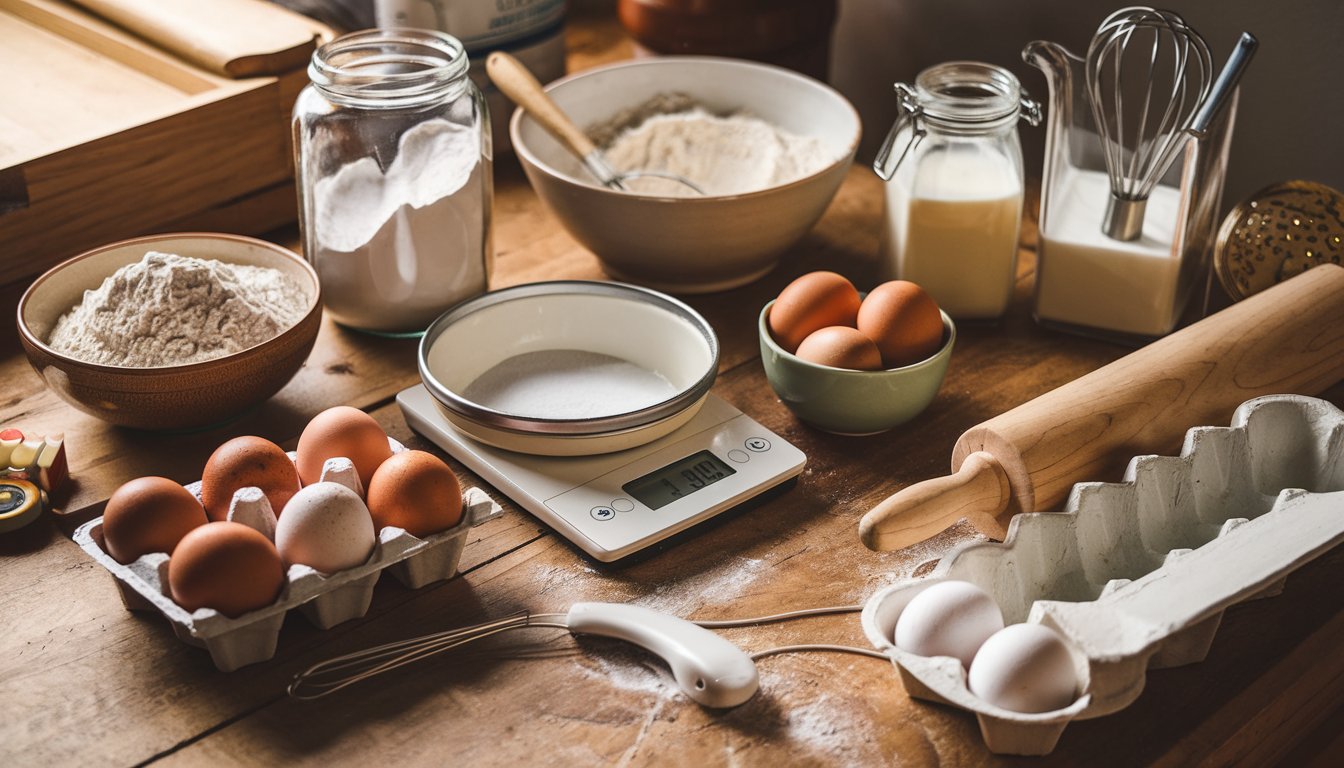
Baking is a rewarding craft that brings joy and delicious treats to the table. Whether you’re a seasoned baker or just starting, following a few essential tips can make all the difference. From understanding ingredients to mastering techniques, this guide will help you achieve exceptional results every time you bake. Let’s dive into these reliable and easy-to-follow baking tips that will elevate your skills and ensure that every result turns out beautifully.
1. Measure Ingredients Accurately
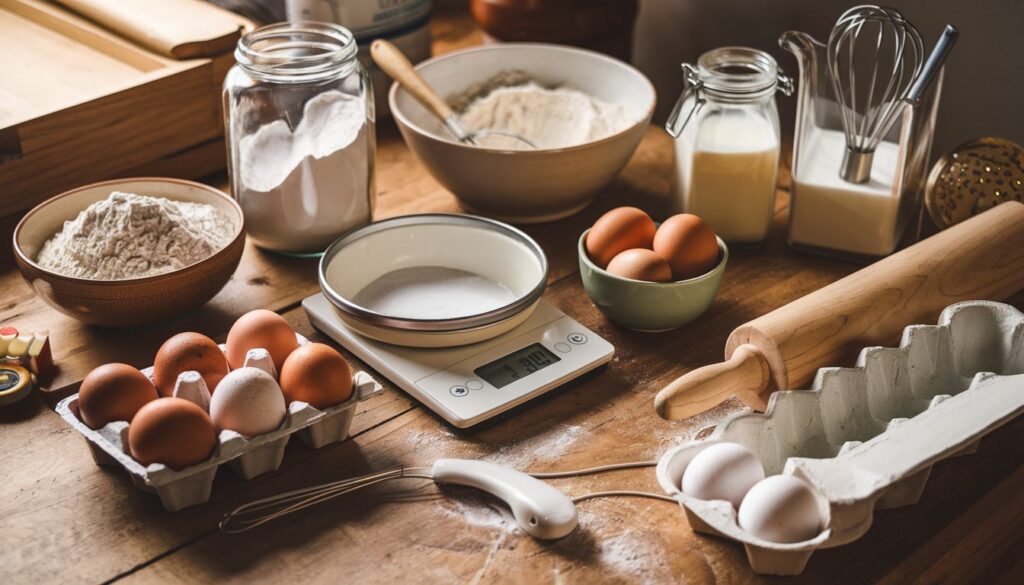
Precision is crucial in baking. Unlike cooking, where you can adjust seasonings as you go, baking relies on specific ratios to achieve the desired texture and flavor. Always use measuring cups and spoons for dry ingredients and a liquid measuring cup for wet ingredients. Level off dry ingredients with a straight edge, and avoid packing flour unless the recipe specifies it. Investing in a kitchen scale is even better for accuracy, especially for recipes that provide measurements in grams or ounces. This small step ensures your baked goods turn out light, airy, and delicious.
2. Bring Ingredients to Room Temperature
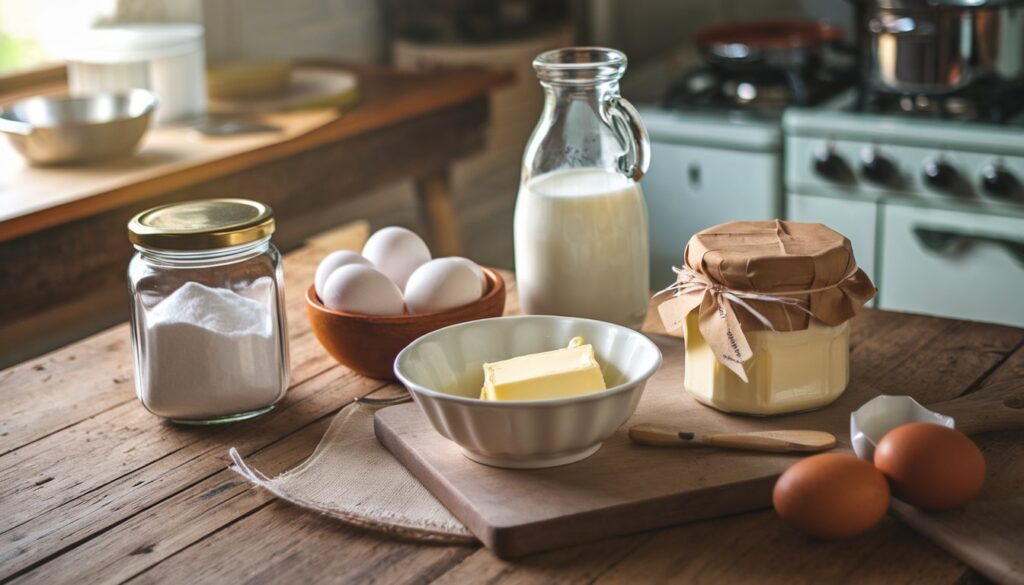
Many recipes call for ingredients like butter, eggs, and milk to be at room temperature. This is because room-temperature ingredients mix more easily and evenly, helping the batter emulsify properly. Cold butter won’t cream as effectively with sugar, and cold eggs can cause the batter to curdle. Plan ahead and take these ingredients out of the refrigerator about an hour before you start baking. If you’re short on time, you can place eggs in warm water for a few minutes or microwave butter in short bursts to gently soften it.
3. Preheat Your Oven
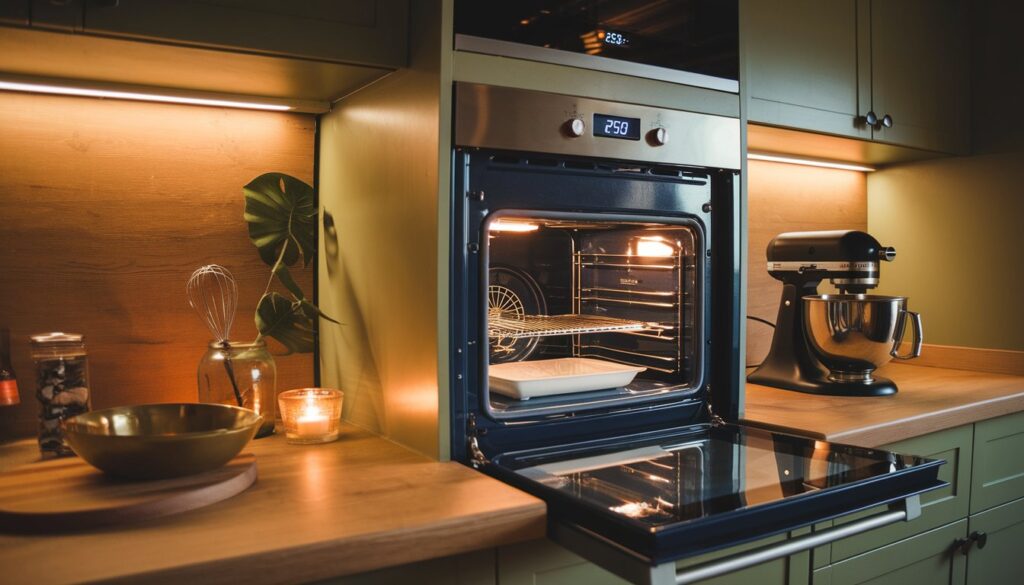
Preheating the oven is a step you should never skip. Baking requires consistent heat to achieve the right rise and texture. Most ovens take at least 10-15 minutes to reach the desired temperature. Use an oven thermometer to ensure accuracy, as many ovens run slightly hotter or cooler than the setting. Waiting for the oven to preheat fully before placing your batter inside prevents uneven baking and ensures your creations bake beautifully.
4. Use High-Quality Ingredients
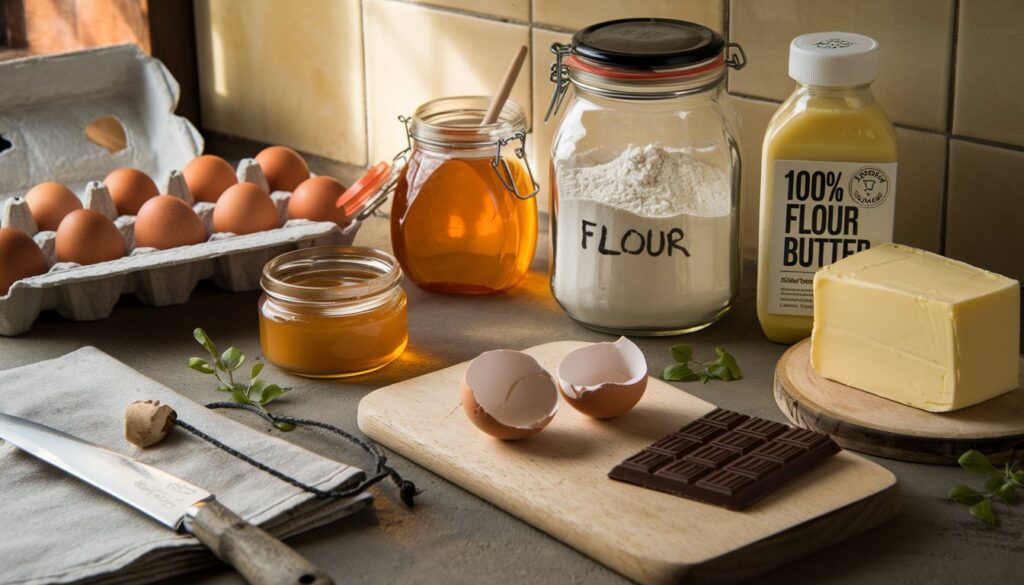
The quality of your ingredients significantly impacts the final result. Fresh eggs, pure extracts, unbleached flour, and high-quality cocoa powder or chocolate will enhance the taste and texture of your baked goods. Opt for real honey instead of artificial sweeteners and unsalted butter so you can control the salt content. While premium ingredients might cost more, they make a noticeable difference in flavor.
5. Don’t Overmix the Batter
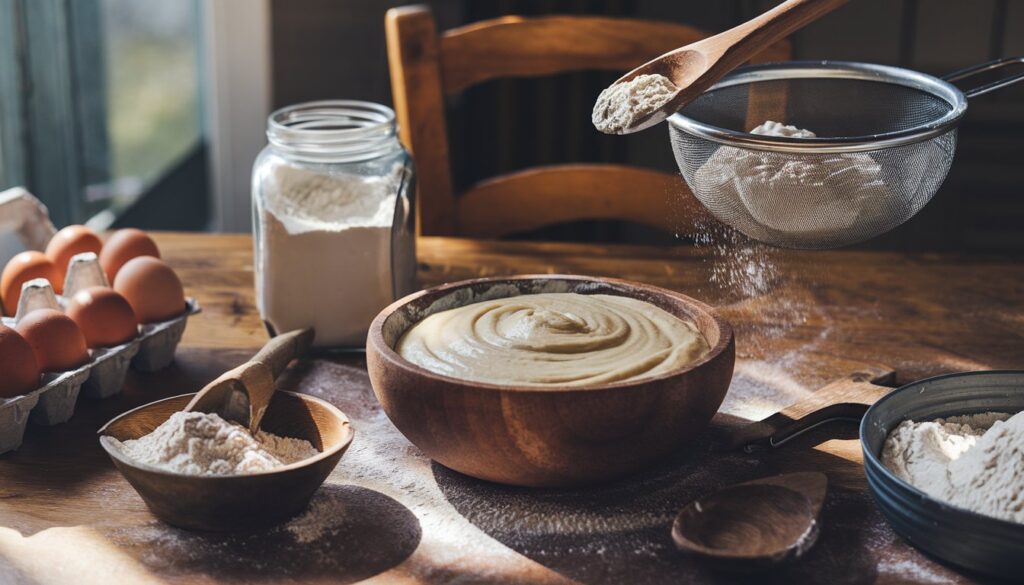
Mixing is essential to incorporate ingredients, but overmixing can lead to dense or tough baked goods. Once the wet and dry ingredients are combined, mix just until no streaks of flour remain. Overworking the batter activates gluten in the flour, which is great for bread but not for cakes or cookies. For recipes that require folding, use a gentle hand to keep the batter light and airy.
6. Follow the Recipe Exactly

Baking is a science, and recipes are carefully formulated to achieve a specific outcome. Resist the urge to eyeball ingredients or make substitutions unless you’re experienced. For example, replacing butter with oil or reducing sugar may alter the structure or taste of your baked goods. Reading through the entire recipe before starting ensures you’re familiar with all the steps and ingredients needed for success.
7. Prepare Your Pans Properly
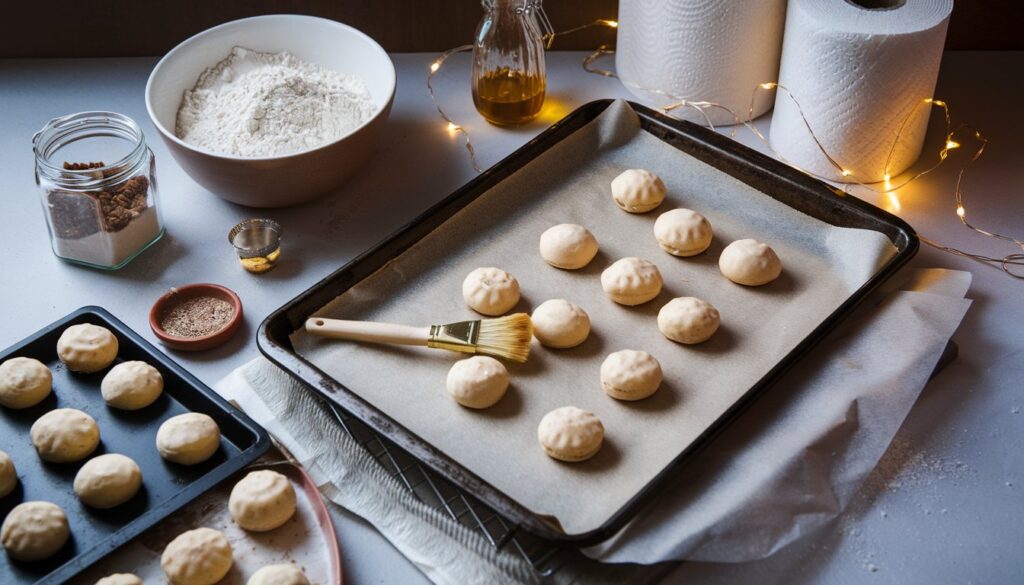
Greasing, flouring, or lining your pans prevents your baked goods from sticking. Use parchment paper for easy removal, especially for cakes and bars. For cookies, consider using a silicone baking mat, which promotes even baking and easy cleanup. If the recipe specifies greasing only the sides or bottom of the pan, follow those instructions to avoid affecting the texture of your dessert.
8. Invest in the Right Tools
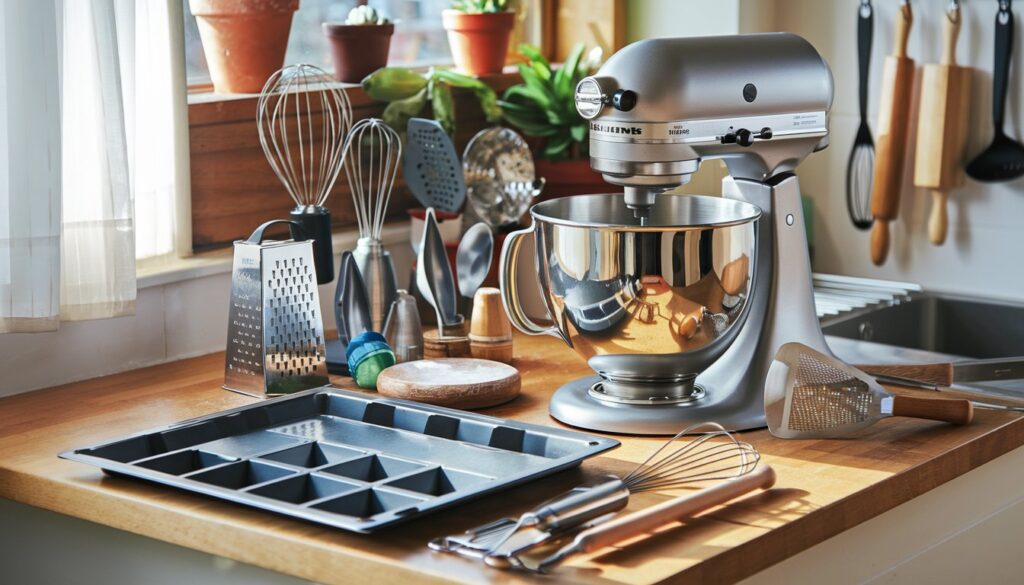
Having the right tools makes baking easier and more enjoyable. A sturdy whisk, rubber spatula, sifter, and stand mixer are essentials in any baker’s kitchen. Use quality baking pans made from aluminum or stainless steel for even heat distribution. An offset spatula is ideal for frosting cakes, while a bench scraper is handy for shaping dough. Proper tools not only save time but also help you achieve professional results.
9. Chill Dough When Required
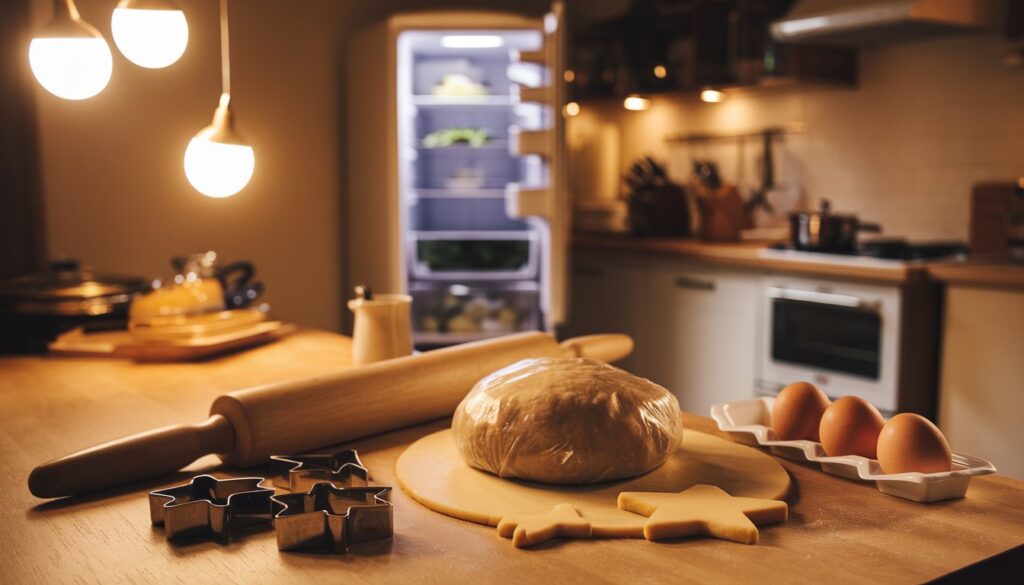
Chilling dough isn’t just for convenience—it improves texture and flavor. For cookies, chilling firms the butter, preventing them from spreading too much during baking. Pie crusts and pastries also benefit from chilling, as it helps maintain their flakiness. Follow the recipe’s guidelines for chilling times, and remember that patience pays off.
10. Rotate Your Pans
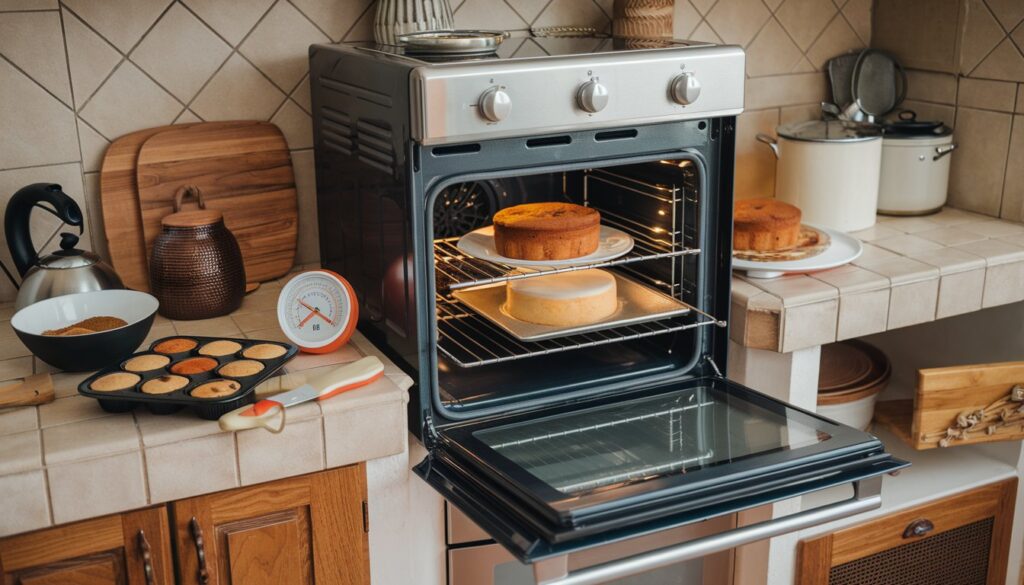
Even with the best ovens, hot spots can cause uneven baking. To counter this, rotate your pans halfway through the baking time. If you’re using multiple racks, switch the pans between the upper and lower racks as well. This ensures all your baked goods are cooked evenly and achieve the right texture and color.
11. Test for Doneness
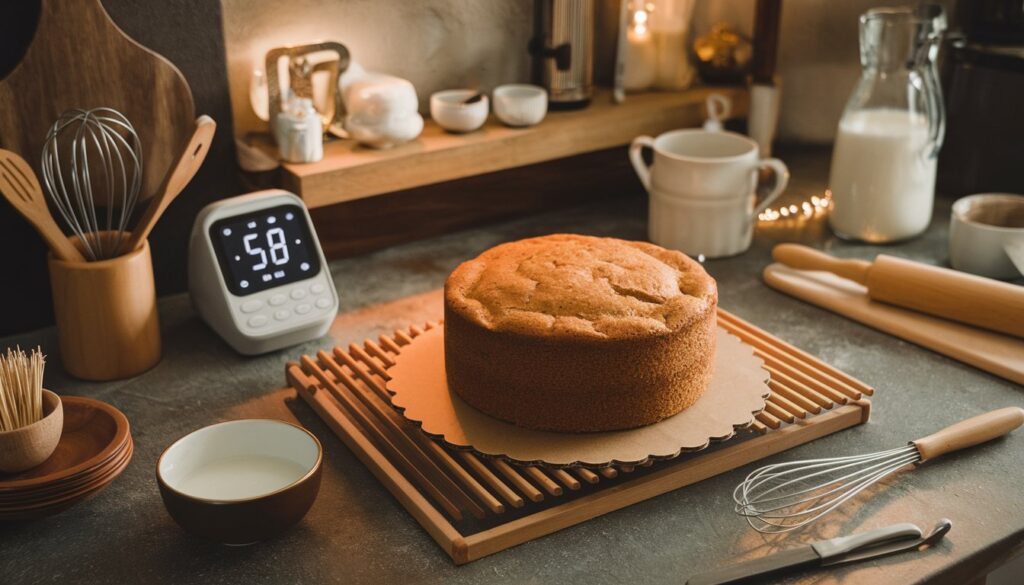
Overbaking or underbaking can ruin your efforts. To test for doneness, use a toothpick or skewer and insert it into the center of the baked good. If it comes out clean or with a few moist crumbs, it’s ready. For bread, tapping the bottom should produce a hollow sound. Avoid opening the oven door too frequently, as this can cause temperature fluctuations and affect the rise.
12. Cool Baked Goods Properly
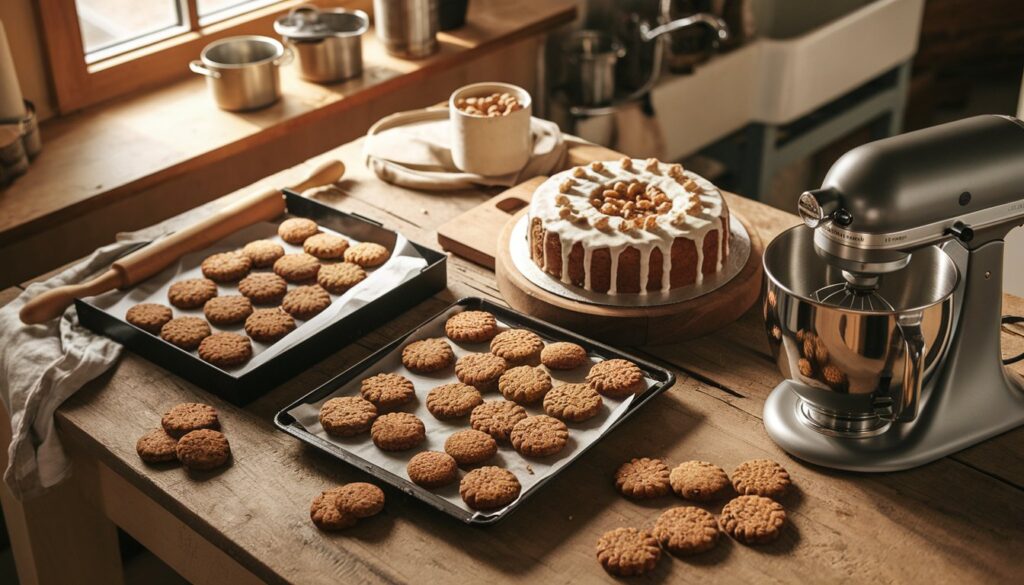
Cooling is just as important as baking. Place baked goods on a wire rack to allow air to circulate underneath, preventing sogginess. Removing items from their pans too early can cause them to break, so follow recipe instructions for cooling times. Proper cooling also enhances flavor and texture, making your treats taste even better.
13. Practice Patience and Learn from Mistakes
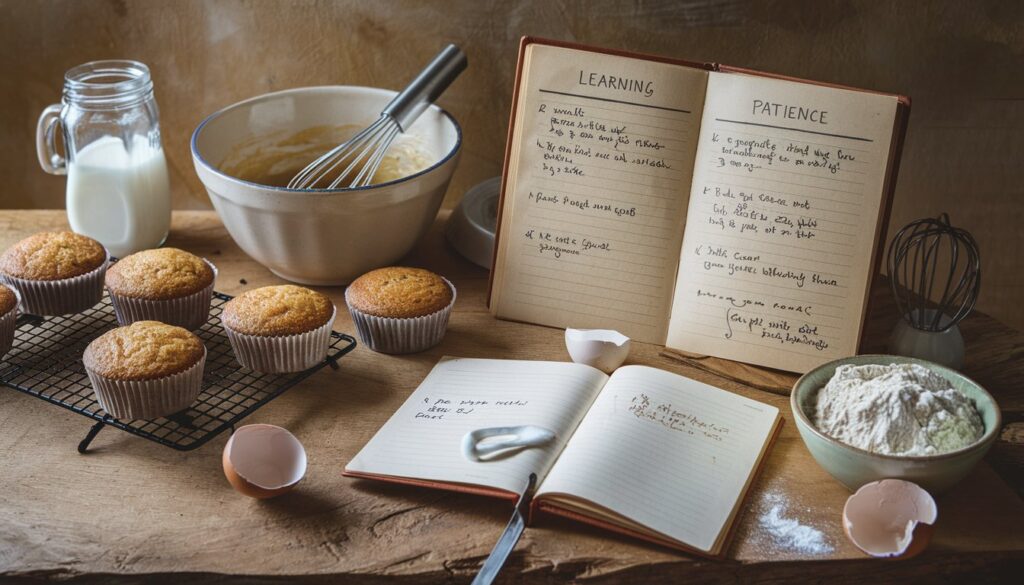
Baking requires time, effort, and sometimes trial and error. If a recipe doesn’t turn out as expected, review what might have gone wrong and try again. Keep notes of what works and what doesn’t, and don’t rush the process. Each attempt builds your skills and brings you closer to consistently producing outstanding baked goods.
